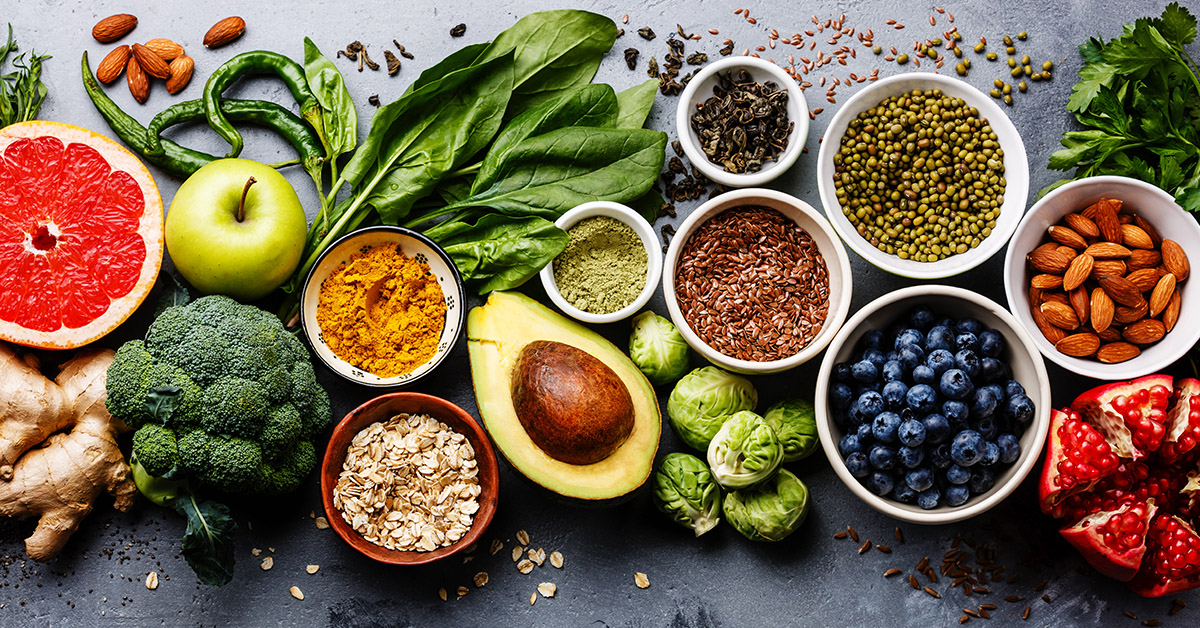
Exploring the complexities of mycotoxins in food
6 October 2025 | Pete Mann, Section Leader - BBA - Analytical
Our food supply can be quite a complex ecosystem, with microorganisms like fungi that can affect crops and foods offering a good example. While some fungi have a positive impact, such as those that are essential to the production of staple foods like cheese and bread, others can be damaging, particularly those that secrete toxic compounds known as mycotoxins that can pose a significant health threat to both humans and livestock.
Mycotoxins are naturally occurring toxins produced by certain types of mould and fungi, which can be found in food and drink. The main types of mycotoxins that we commonly encounter result from field fungi or storage fungi and can grow on a variety of different crops and foodstuffs including cereals, nuts, spices, vine fruits, apples and coffee beans. While their growth is exacerbated by warm and humid conditions, it is important to point out that most fungi will struggle to grow on foods once they are dried, as the water activity is too low. Yet, they can still grow very well whilst these items are drying and will die once they are too dry – leaving the toxins behind.
Mycotoxins are one of the major causes of food import rejections in the EU. In fact the Rapid Alert System for Food and Feed (RASFF) highlights particularly high rates of rejections as a result of mycotoxin contamination found in nuts, nut products and seeds.
Subsequently, in this blog we delve deeper into how the problem of mycotoxins arises, the issues that they can cause, and what can be done to help mitigate their presence in our food.
Types of mycotoxins and their triggers
Mycotoxins can get into the food chain through mould infection of crops both before and following harvest, culminating in different types of mycotoxins that we commonly encounter as a consequence of field fungi or storage fungi.
Field fungi
When we talk about the mycotoxins produced by field fungi, we are essentially referring to Fusarium toxins, such as fumonisins, trichothecenes including ergot alkaloids and Alternaria toxins.
Triggered by specific conditions including moisture and warmth in order to germinate and infect plants, field fungi typically grow and contaminate maize, wheat, and other grains. Their spores can also spread further through wind and rain.
Given that crops grow outside and are exposed to the full range of climatic conditions, due to different seasonal variations and geographical locations, mycotoxin contamination levels can vary greatly. In addition, the condition of the field and its elevation can also further impact this variation, with some areas of a field more prone to contamination than others.
Storage fungi
In contrast, the mycotoxins produced by storage fungi, are commonly produced by the species of Aspergillus and Penicillium.
Again, moisture can trigger their growth. And mycotoxins can quickly contaminate grain such as wheat, barley and oats, if they are insufficiently dried before storage, become damp and/or insect damaged.
It only takes a few contaminated grains for the moulds to quickly start growing and spreading outwards to other grains, so it is crucial to keep conditions dry with a cool and consistent storage temperature. Ongoing monitoring and detection are also crucial to the prevention of mycotoxin outbreaks.
So far, we have just concentrated on mycotoxins that typically affect the UK. Yet, in hotter countries, especially those that frequently experience a temperature above 30°C for an extended period of time, they will have to deal with a different mix of mycotoxins, with Alfatoxins particularly common.
However, what is most interesting is that with our changing climate, hotter and more humid conditions will only lead to more mycotoxin outbreaks in the future that we will need to monitor, detect and manage.
The health impacts for humans and livestock of Mycotoxins
According to the World Health Organisation several hundred different mycotoxins have been identified, but the most commonly observed mycotoxins that present a concern to human health and livestock include aflatoxins, ochratoxin A, patulin, fumonisins, zearalenone and nivalenol/deoxynivalenol.
Exposure to mycotoxins can happen either directly through eating infected food or indirectly from animals that are fed contaminated feed, in particular products like milk.
The effects of some food-borne mycotoxins can be acute with food poisoning and symptoms of severe illness appearing quickly after the consumption of food products contaminated with mycotoxins. In addition, other mycotoxin contamination in foods can cause adverse longer-term effects such as immune deficiency and even cancers.
What can be done to mitigate mycotoxin risks
From farm to fork, efforts to mitigate mycotoxin risks span the entire food production chain.
In terms of pre-harvest strategies, some effective agricultural practices aimed at minimising fungal infection include crop rotation, proper irrigation and pest control. Similarly, the use of biocontrol agents and fungicides can also provide valuable support in this area, although their use must be balanced against safety and environmental considerations.
Post-harvest strategies that include proper drying, storage, and handling of food commodities are equally vital in helping to prevent fungal growth and mycotoxin production. Other strategies include managing relative humidity (RH) moisture in the air, pest control, employing modified atmosphere storage techniques, the use of antifungal agents, and implementing Hazard Analysis Critical Control Points (HACCP) to improve standards and best practice management in this area.
While all these approaches can help reduce mycotoxin levels in susceptible commodities, it is important to stress that once they are contaminated it is difficult to control mycotoxin levels. It is much better to control mycotoxins through prevention.
We have already talked about how important ongoing monitoring and detection is to the prevention and control of mycotoxins, which is where food testing and analysis is crucial. Here a mix of sophisticated laboratory techniques and rapid on-site testing tools, are essential to maintaining quality control and regulatory compliance.
How Campden BRI can help
Thanks to the depth of our experience and expertise, we can carry out sampling and analysis to examine if a mycotoxin hazard exists across a wide range of products. We can also assist with sampling plans covering grains right through to the finished product.
Having heavily invested in improved LC/MS/MS instrumentation in recent years, we can achieve ever lower limits of detection for contaminants in food and drink which makes them suitable for use when considering relevant legislation. Our methods include:
- The detection of mycotoxins such as trichothecenes, fumonisins, ergot alkaloids, patulin and Alternaria toxins using Agilent 6490 and Agilent 6495 LC/MSMS systems
- The detection of Aflatoxin and Octatoxin A through the use of HPLC systems with either fluorescence or UV detection
In addition, our UKAS accreditation covers testing for the following food groups and mycotoxins:
- Beer and stout - for mycotoxins including Aflatoxins G2, G1, B2 and B1
- Beer, stout and wine – for mycotoxins including Ochratoxin A
- Cereals, nuts, fatty foods, spices and dried fruit - for mycotoxins including Aflatoxins G2, G1, B2 and B1
- Cereals, dried fruit, coffee, spices and tobacco – for mycotoxins including Ochratoxin A
- Cereals and processed Cereal products – for mycotoxins including Deoxynivalenol, 3-Acetyl-deoxynivalenol, Acetyl-4-deoxynivalenol, Diacetoxyscirpenol, Fusarenon-X, Neosolaniol, Nivalenol, T-2 Toxin, HT-2 Toxin and Zearalenone
If after reading this, you have any questions about Mycotoxins or our testing and analysis expertise in this area, we are also offering a free 20-minute consultation with Peter.
How can we help you?
If you would like to know more about our wider food analysis and testing services, contact our support team to find out how we can help.
Find out more
Mycotoxins are not the only naturally occurring toxins. Learn more about the others that we are able to test for.








